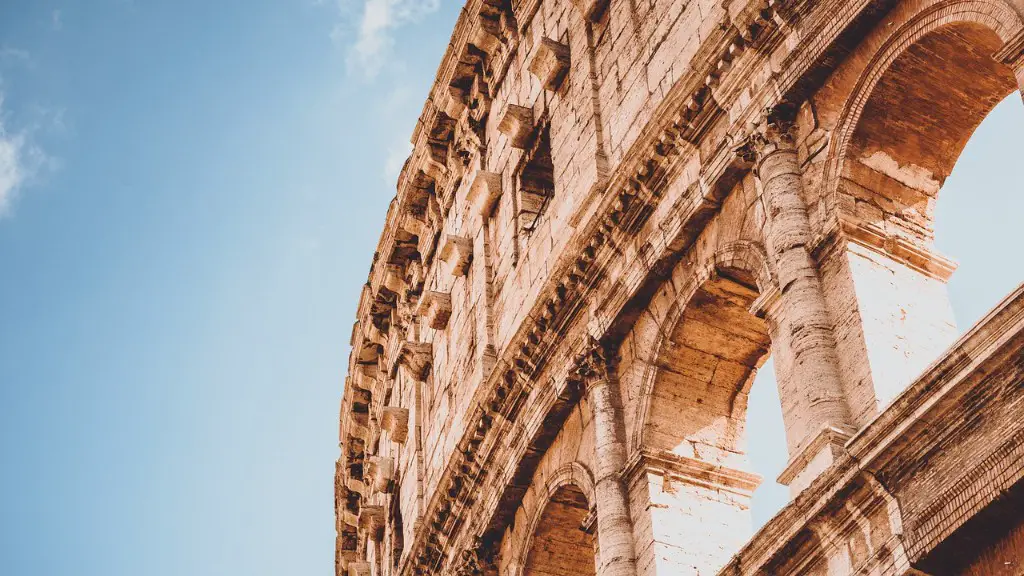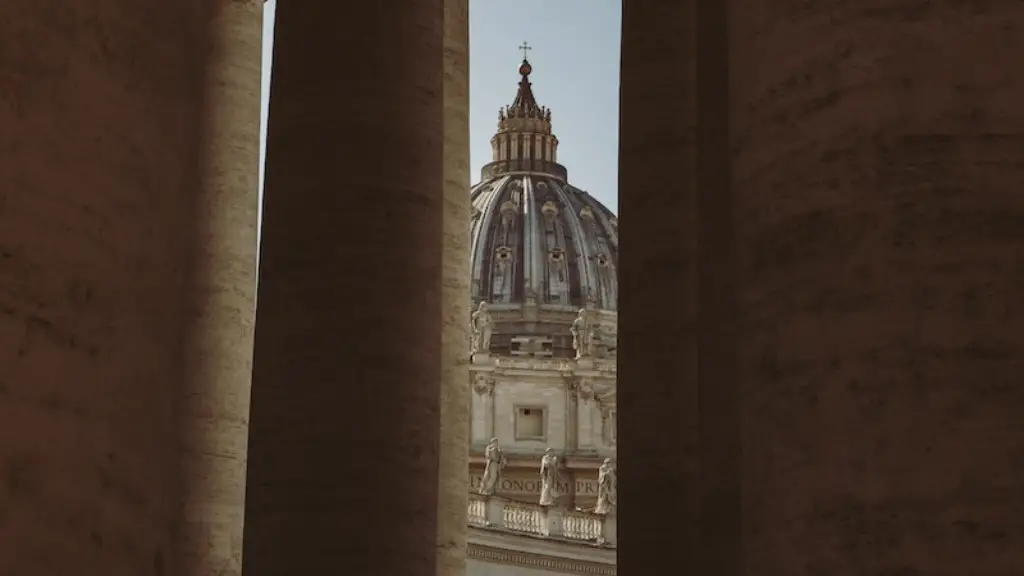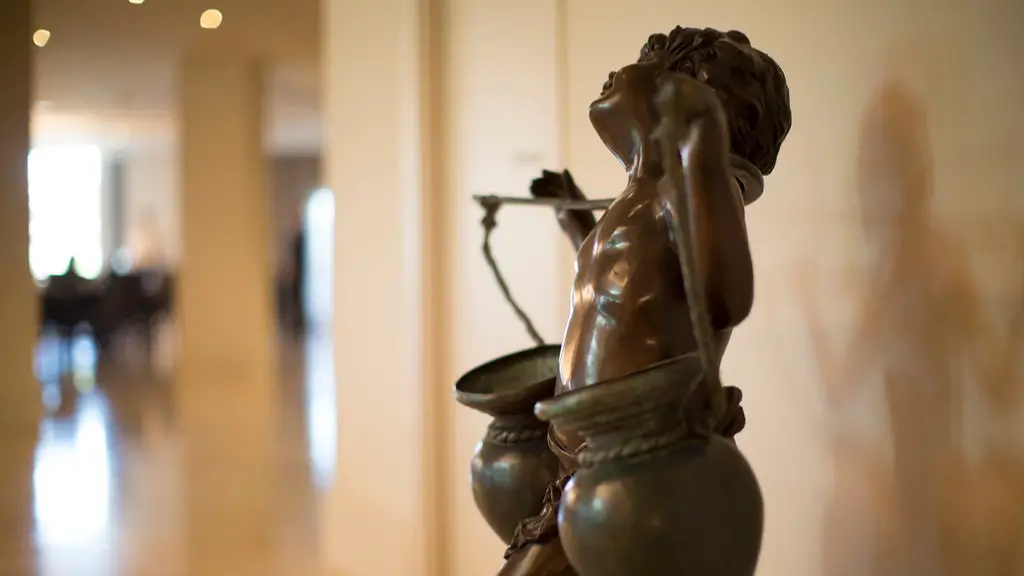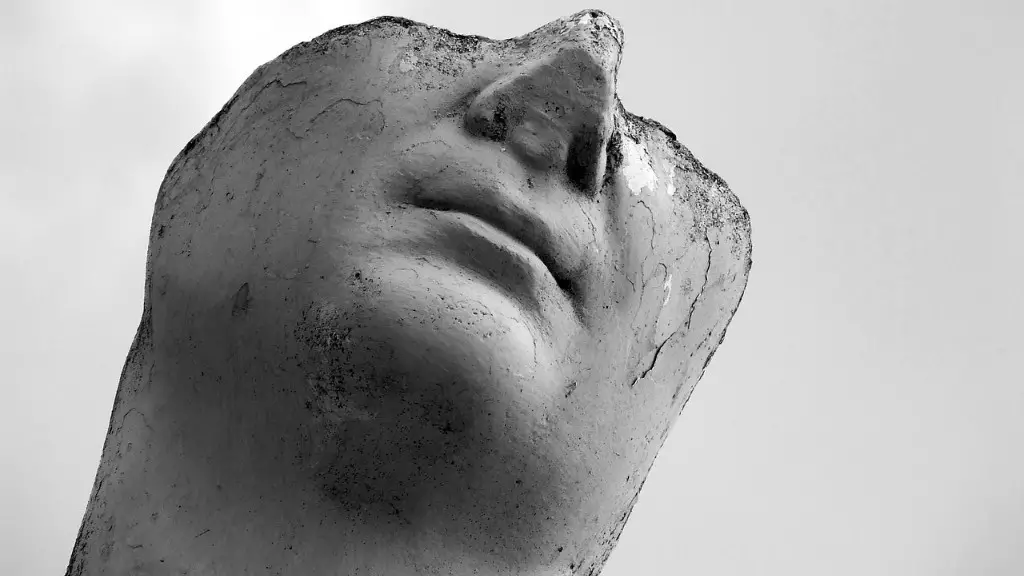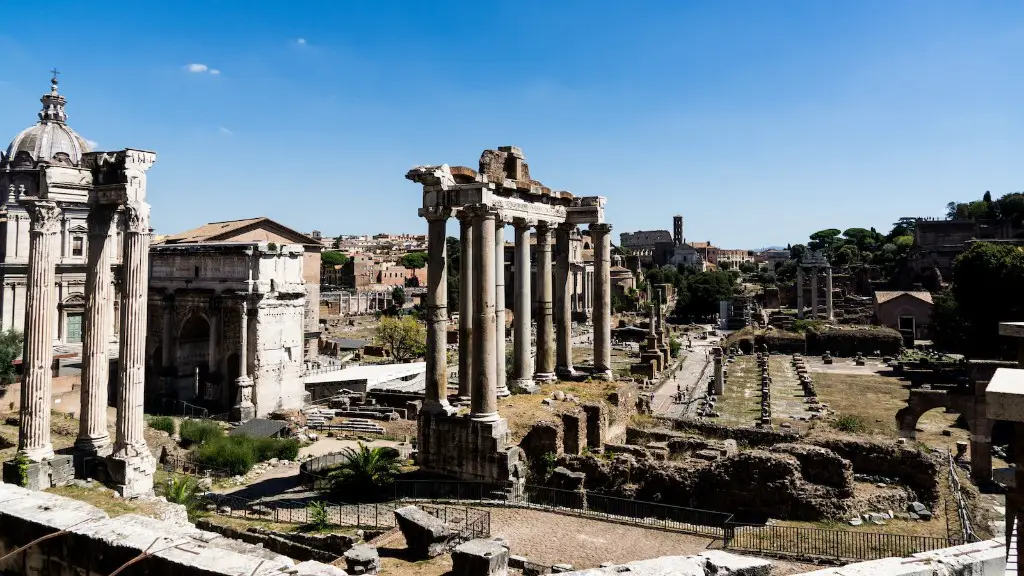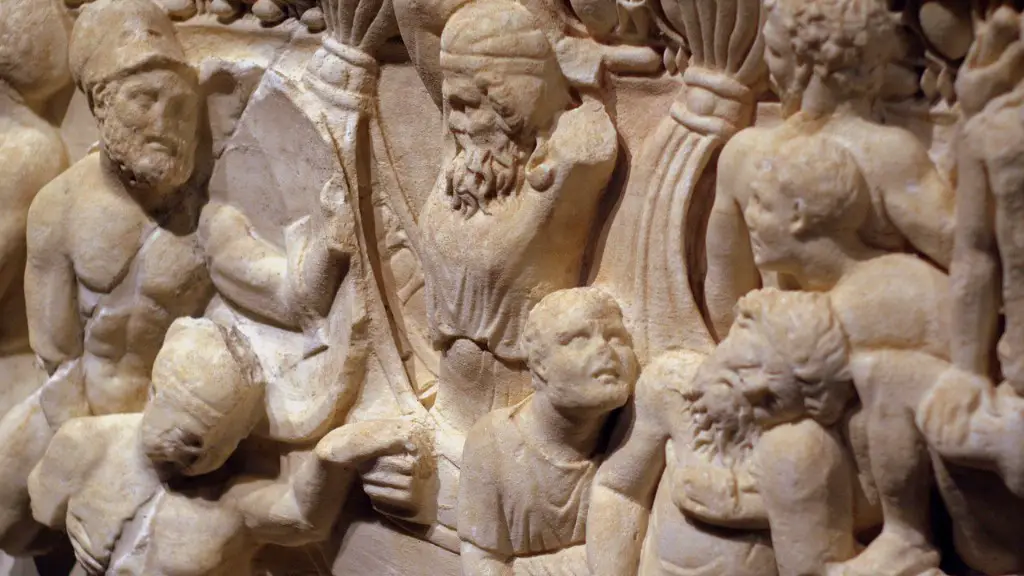Ancient Roman art dates back to 509BC. It encompasses everything from the wall decorations, sculptures, and even glasswork of the ancient civilization. The art of Rome was heavily influenced by that of the Greek civilization, and one of the best examples of this is their Pantheon complex. This complex was originally constructed in 125BC as an example of Greek architecture. However, over the years, the complex has gone through numerous renovations, with the entire building being reconstructed by the emperor Hadrian in 126AD.
The art of ancient Rome can be further divided into two main categories; the public art and the private art. Public art such as the Pantheon, statues, and the monuments that lined the main streets of Rome, were heavily focused on the gods, their worship, and civic pride. These pieces were meant to honor the gods and celebrate the Roman rule over all that they conquered. Private art, on the other hand, focused on everyday life, as seen through the Roman frescoes, wall paintings, mosaics, and other home decorations.
The art of ancient Rome was heavily influenced by religion and tradition. Roman art pieces, ranging from sculptures to frescoes, were heavily focused on religious iconography, such as that of Jupiter, Mars, or Venus. The themes of these art pieces primarily focused on demonstrating the strength and nobility of Rome, as well as connecting the audience with the gods and the spiritual power of Rome. The imagery used was often quite dramatic, with large-scale statues and monuments being commonplace.
Ancient Roman art was also heavily focused on the idea of practicality, and many of the statues and mosaics found throughout the city of Rome were utilized as both decoration and utility. For example, the intricate mosaics which lined the floors of many Roman homes provided both a beautiful embellishment as well as a means of keeping the floors cool in hot weather.
Another key aspect of Roman art was its focus on realism. Although the depiction of gods, goddesses, and the gods of other civilizations often had an exaggerated level of perfectness, the artists of ancient Rome strived to portray everyday Roman people in as lifelike a manner as possible. This sort of realism was only possible due to the advancements that the Roman civilization had made in terms of art and sculpture.
Despite its function as both an expression of faith and a celebration of the Roman rule, ancient Roman art had its detractors. In particular, the Stoic philosopher Seneca the Younger argued that the practice of creating lifelike sculptures out of marble only served to further glorify and worship the rich, rather than genuinely connecting the audience with the gods. This sentiment was echoed by other prominent Roman intellectuals, who argued that the art of the day was too focused on worldly pursuits, such as wealth, fame, and power.
Advanced Technologies of Ancient Rome Art
Although the art of ancient Rome was deeply steeped in traditional religious iconography, the advancement of Roman technology also had a major impact on how the art was created. For example, the Romans had developed a way to create bronze statues with a process known as “lost wax casting”; a technique which is still used in the production of modern statues today.
The Romans also developed their own version of the potter’s wheel, which allowed for the quick and efficient production of useful items, such as tableware and cooking pots. The potter’s wheel was also used in the creation of decorative pieces, particularly intricate mosaic tiles which could be used in the making of wall murals and other artworks. These technological advancements, along with the advanced sculpture techniques which the Romans had developed, allowed for the creation of pieces of great detail and exquisite beauty.
One of the most significant technological innovations of Ancient Rome was the utilization of glass as a construction material. This innovation allowed for the creation of vast window panes which could be used to provide natural light to the homes and public spaces of Rome. It also enabled the creation of beautiful glass vessels which were used in various ceremonies and celebrations held by the Roman people.
Political and Social Impact of Ancient Rome Art
Not only did the art of Ancient Rome have a significant impact on the lives of the people living in Rome, but it also had a massive impact on the politics and culture of the Roman Empire. The use of art as a tool to celebrate victory and glorify the gods was adopted by many of the later European monarchs, such as Louis XIV of France and the Spanish Habsburgs. Furthermore, the art of Rome was also used as a tool of cultural domination, with the Romans using their artwork to demonstrate their power and influence over the other nations and civilizations within the empire.
Furthermore, the art of Ancient Rome had a huge impact on the social culture of the day. Since many of the statues, monuments, and paintings that were produced in Ancient Rome served a religious purpose, the art was heavily associated with religious worship. This connection was further solidified by the way that priests and religious leaders of the day would make use of the art to preach the virtues of the gods. This, in turn, had a major impact on how religion was viewed by the general Roman people of the day.
Furthermore, the art of ancient Rome was heavily intertwined with the idea of status and wealth, and the production and ownership of various pieces of artwork was seen as a sign of wealth and social standing. This was especially true when it came to public monuments and statues, which were seen as a symbol of Roman strength and power. In addition, the artwork produced during Ancient Rome often had a political dimension, with the artwork being used to portray the power and authority of the Roman government.
The Legacy of Ancient Rome Art
Today, the art of Ancient Rome is still highly valued and appreciated both in contemporary societies, as well as in museums around the world. For example, the artwork from Ancient Rome is widely studied in universities and is featured prominently in some of the most renowned collections of art around the world. In addition, these pieces are used as a source of inspiration for many modern artists, and the techniques that used by the ancient Roman artists have been emulated and adapted by many contemporary sculptors and painters. Ultimately, the significance of Ancient Roman art cannot be denied, as it was a major influence on the development of the western artistic tradition, and a lasting reminder of the power and resilience of the Roman Empire.
Materials Used to Create Ancient Rome Art
The vast majority of the artwork of Ancient Rome was crafted from various types of stone or metal, such as bronze, marble, and limestone. These materials were typically sourced from local quarries, with some materials being imported from other parts of the Roman Empire. Furthermore, many artist of Ancient Rome also used wood, parchment, and even fabric for certain projects. In addition to this, glass was also used extensively in Ancient Rome, with intricate mosaics and sculptures being crafted from the material.
Along with these materials, Ancient Roman sculptors and painters also made extensive use of a variety of different tools and techniques, such as chiseling, carving, and hammering. Furthermore, they also developed methods of mixing various pigments and colours to give their artwork a richer and more realistic appearance.
Finally, Ancient Roman artwork was also further embellished with a variety of precious stones and minerals, such as gold, silver, and bronze. This was used not only to further enhance the visual appeal of the artwork, but also to give it an additional layer of magical realism, as the gleam of these precious metals was used to symbolize the power and status of the Roman Empire.
Financial Value of Ancient Rome Art
The art of Ancient Rome is extremely valuable, both financially and historically. This is especially true for certain pieces of Ancient Roman artworks, such as sculptures and mosaics, which can easily fetch prices in the millions. Furthermore, certain pieces of art, such as sculptures and wall paintings, are also highly desired by some of the world’s most prestigious museums and art galleries.
On a more practical level, the art of Ancient Rome is a good investment, as the antique pieces of art can often appreciate in value over time. Furthermore, some artwork can even be sold off and profits be made by those who are willing to take on a bit of risk. Ultimately, owning a piece of Ancient Roman art is an indication of wealth and can provide the owner with an asset that has the potential to increase in value in the years to come.
Recent Findings of Ancient Rome Art
In more recent years, new findings of Ancient Rome art have been made. This includes multiple statues, frescoes, and mosaics that have been discovered in various sites around Rome. One of the most significant of these findings was the recent discovery of a fresco depicting the Ancient Roman Emperor Trajan in the Domus Aurea complex. Found at floor level in a room located near the Colosseum, the artwork features Trajan sitting in a chariot and being pulled by two horses, symbolizing his rule over the many different provinces of the Roman Empire.
Furthermore, recent archaeological digs in the city of Rome have uncovered a large number of statues, mosaics, frescoes, and other pieces of Ancient Roman art. These pieces have served to both confirm and enhance our understanding of the artwork created during Ancient Rome, and have allowed for a more detailed insight into one of history’s most important and influential societies.
In addition to this, the recent findings have also served to provide us with a better understanding of how these pieces of art were created, how they were used and apportioned within the city, and how they impacted the lives of the people living in and around Rome. As such, the recent discoveries have provided us with valuable information which can help to further illuminate the culture and history of the Ancient Roman Empire.
